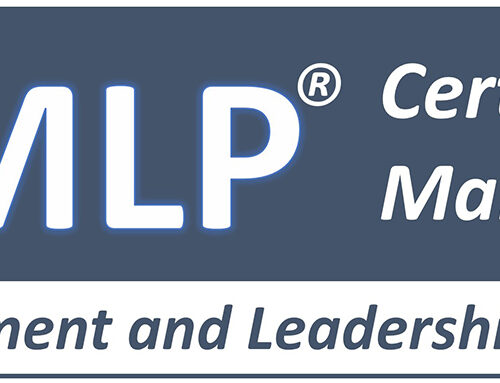This post was first published in my “Driving IT Productivity” column on CIO.com and has been updated from its original form.
About twenty years ago (ok, thirty year ago), I worked for a company that implemented a company-wide productivity initiative. To their credit, they really did it right. Senior management was very involved and truly worked hard to lead the charge. The program was clearly communicated to the employees. Prizes were given out to the teams that created the greatest company savings. All in all, it was very well done and very successful. A number of business processes were improved, vendor costs were reduced and quality throughout the company was enhanced.
An issue that arose was the way they calculated savings, it was left up to each individual teams to decide. Yes, we were given some guidelines, but they were very open to interpretation. So, as you may expect, since everyone wanted to win the prizes and bragging rights for coming in first, everyone was very generous to themselves, regarding the calculated savings. In the first six months, the total savings across all teams was greater than the company’s annual revenue.
The result of this poor measurement process was that the program lost credibility and was eventually cancelled; even though from a true productivity perspective, the program was a great success. I clearly remember this event and the lesson it teaches. Poorly and/or overly optimistically measurement, even in the best of projects, can lead to their downfall.
As a result of this story and someone who writes and speaks on the value of organizational productivity, it’s very important to me that people understand the importance of carefully and accurately measuring and reporting the true impact of their productivity improvement initiatives based on the documentable time, money and resources it frees up for other uses. I would even go as far as to say you should document where this newfound time, money and resources were actually employed to the company’s benefit.
The fallacy of productivity measurement is when people try to quantify dollars saved based upon the incremental productivity gains of salaried employees. Freeing up thirty minutes of a salaried employee’s day doesn’t save you money. By definition, the employee is going to receive the same compensation whether they are working twelve hour days or taking long lunches to sit on the beach. The freed up employee time can still be of great value, just not in saved dollars because it is saving time, not money.
Thirty minutes per day of salaried employee time can provide the company with very tangable benefits, including the following:
- Achieve an improved work/life balance, which reduce employee attrition and burnout.
- Perform other meaningful work, which increases quality, enhances efficiency and/or shortens delivery times.
- Spend more time with their clients, which increases client satisfaction.
- Foster innovation because creative thinking requires time.
- Increase work quality since employees have more time to work on each task.
Increased employee productivity can show direct dollar savings and avoid falling into the “Productivity Measurement Fallacy” under the following circumstances:
- The work can be performed using one less salaried employee, who is redeployed, or removed from the organization.
- If hourly employees can perform the needed task with less overtime.
- If fees paid to consultants and/or vendors can be reduced.
- If the purchase of additional products and/or services can be avoided.
- If a task previously performed by a highly-paid employee can now be performed by a lower-paid employee and the higher-paid employee is redeployed or removed from the organization.
- If the productivity gain gives you a measurable competitive advantage against your competition, such as reduced prices, faster delivery, or other similar profitability metrics.
I don’t mean to minimize the value of salaried employee productivity; to the contrary, it can be of great value. My goal here is to simply suggest that measuring your productivity efforts based on non-tangible measures can undermine the credibility of your productivity-based initiatives.





